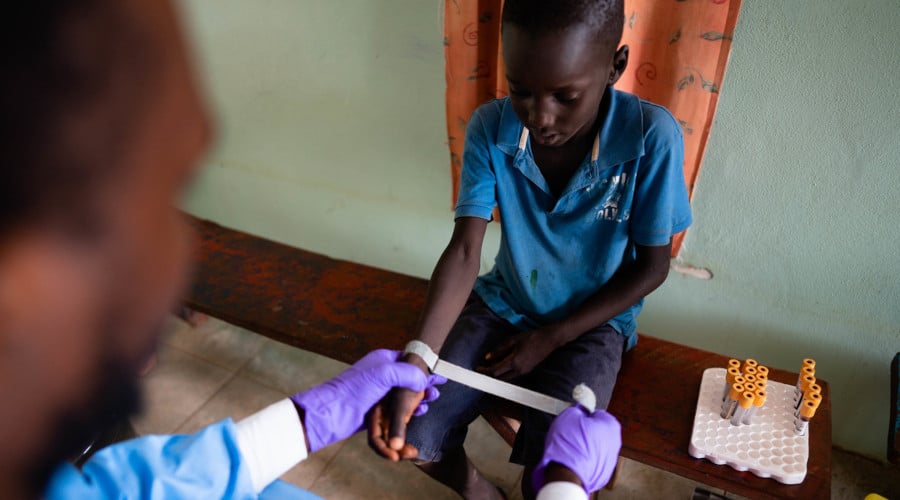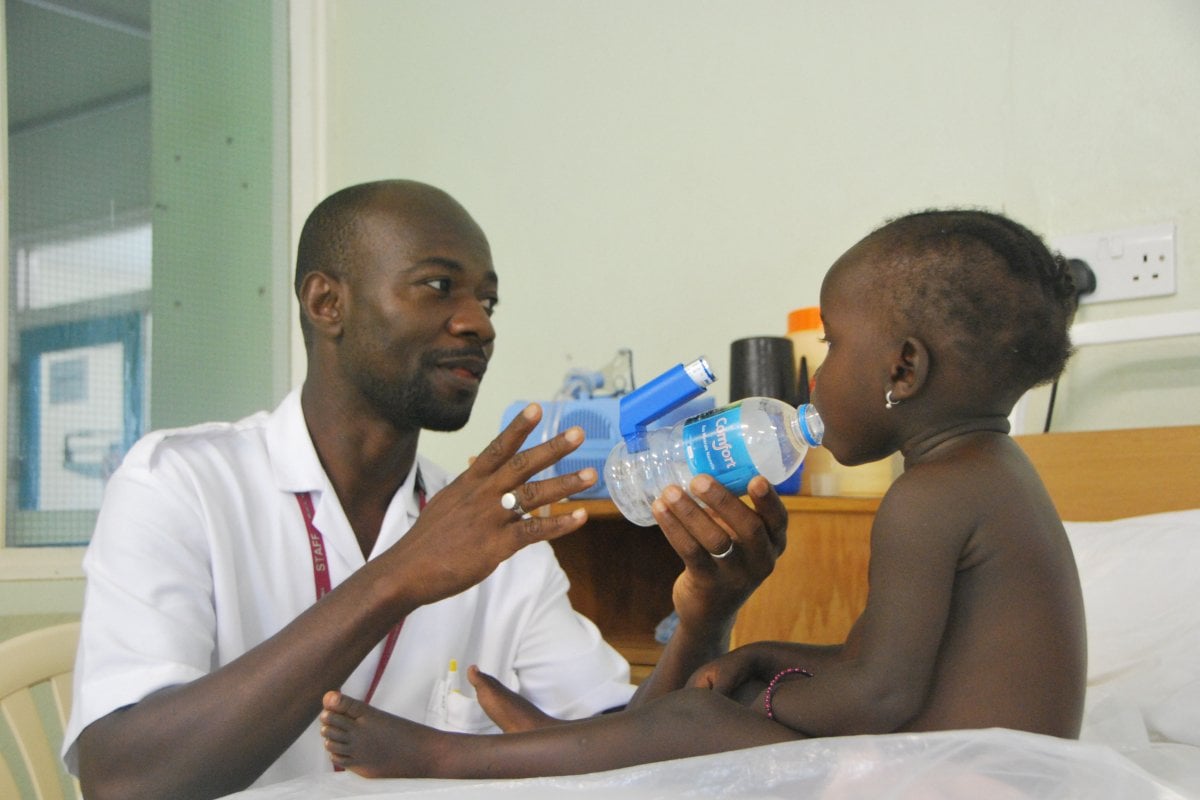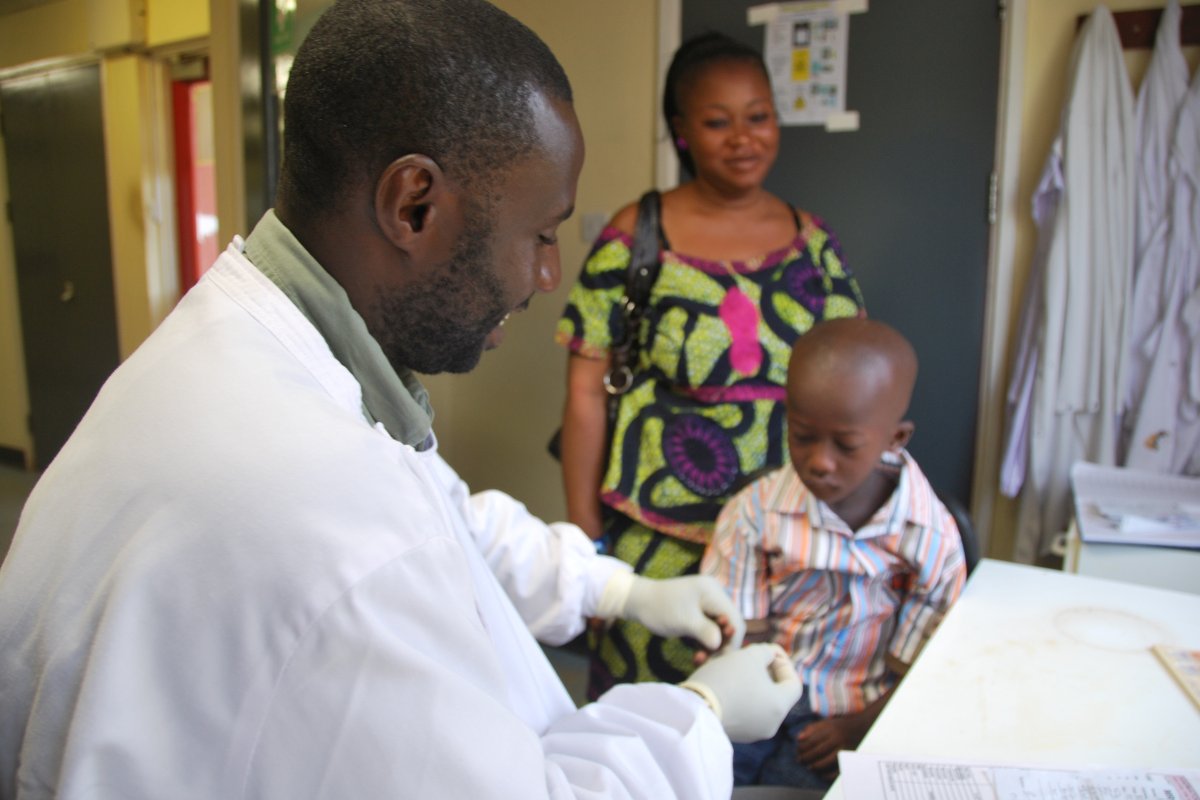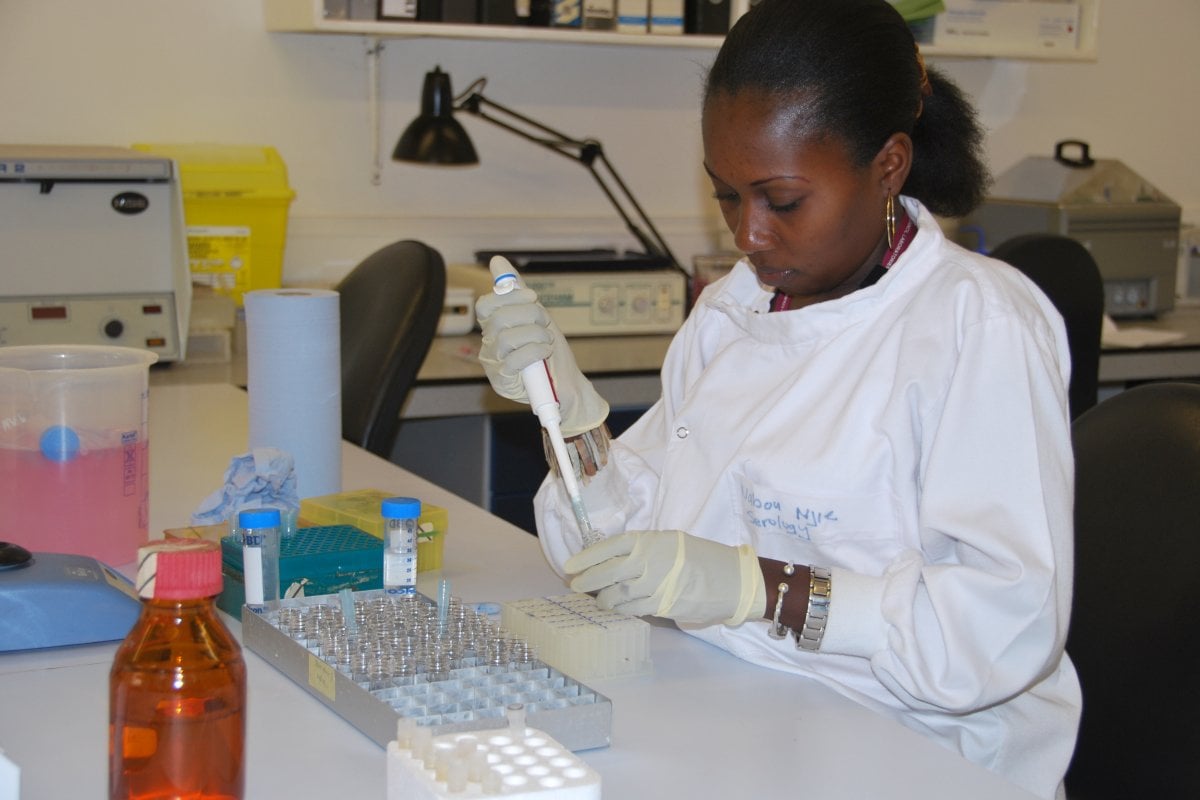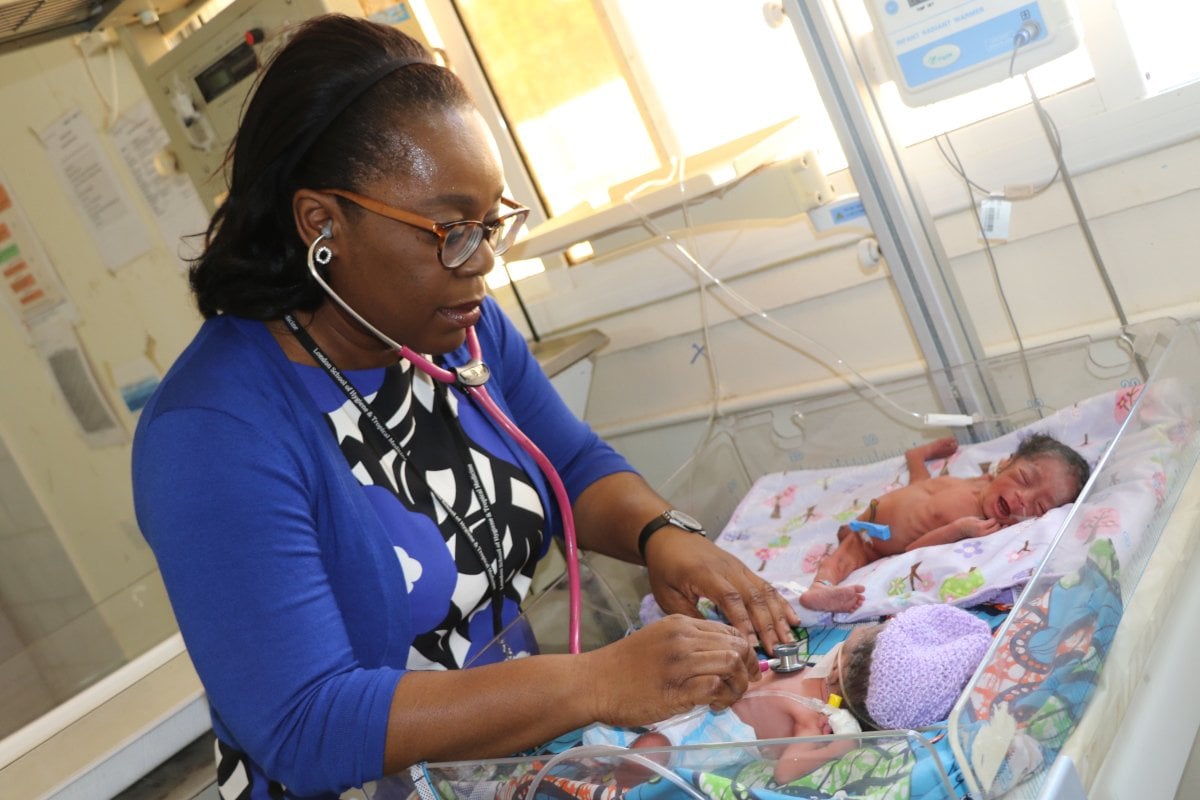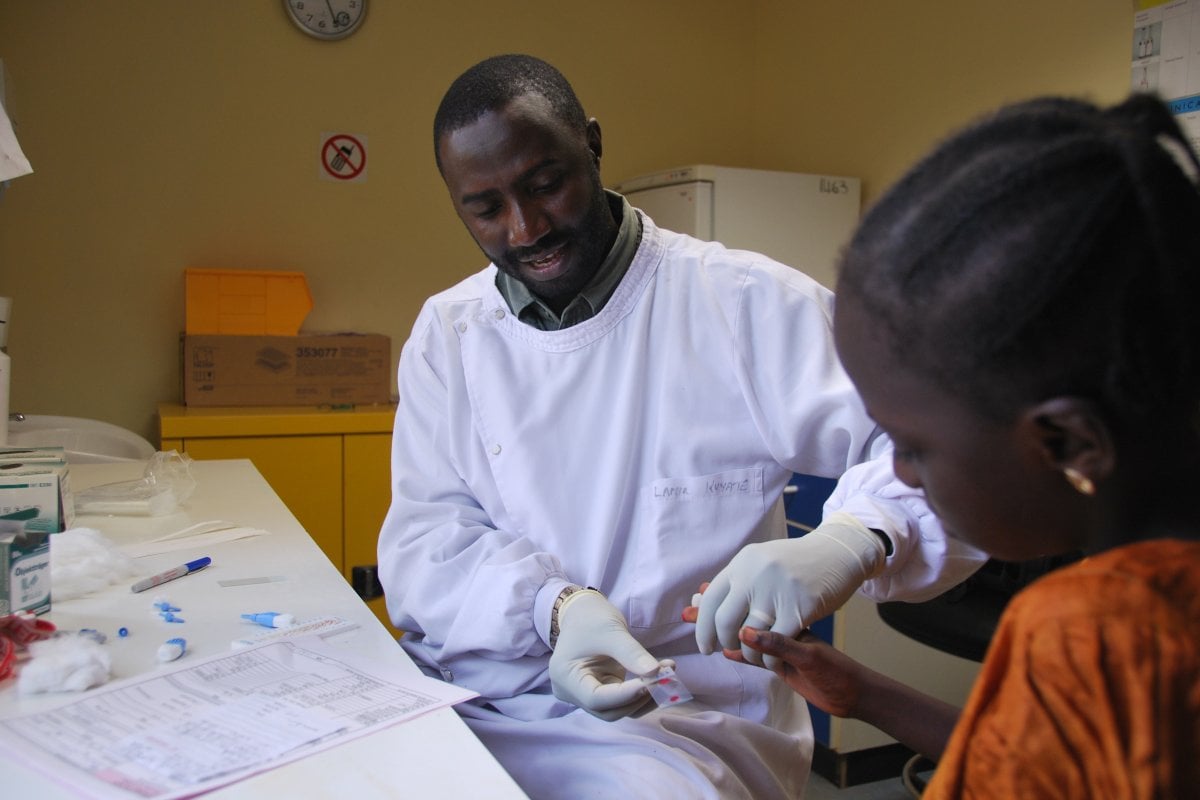Objective
The Disease Control and Elimination (DCE) scientific strategy focuses on investigating the interactions between hosts, pathogens and vectors; and evaluating interventions aimed at interrupting transmission and/or reducing the disease burden. Each component can inform the other and provide new opportunities for understanding the dynamics of transmission and identifying new targets for interventions.
The multidisciplinary DCE approach comprises a large epidemiological component combined with strong laboratory (mainly diagnosis) support. The core component of epidemiology and laboratory sciences is complemented, whenever possible, by social sciences investigating the human factors influencing the epidemiology of the diseases and the uptake/coverage of interventions.
In addition, the theme has started adding health system and health economic research components to some of its projects with the aim of ensuring the interventions evaluated, when successful, are promptly translated into practice. The objective of the DCE theme is to control and eliminate disease. It targets not only the disease itself but also asymptomatic or subclinical infections as these are key components for maintaining transmission at community level.
Current research
The DCE theme currently has a large heterogeneous but coherent research portfolio that includes diseases of public health importance in West Africa at different stages of control or elimination. The theme combines both well‐established with more innovative research lines; and internally (malaria, bacterial and viral diseases) with externally‐led research (hepatitis B). The research activities span from large epidemiological studies assessing burden of disease to clinical trials (individual or cluster randomised) testing or assessing the effectiveness of new public health interventions.

